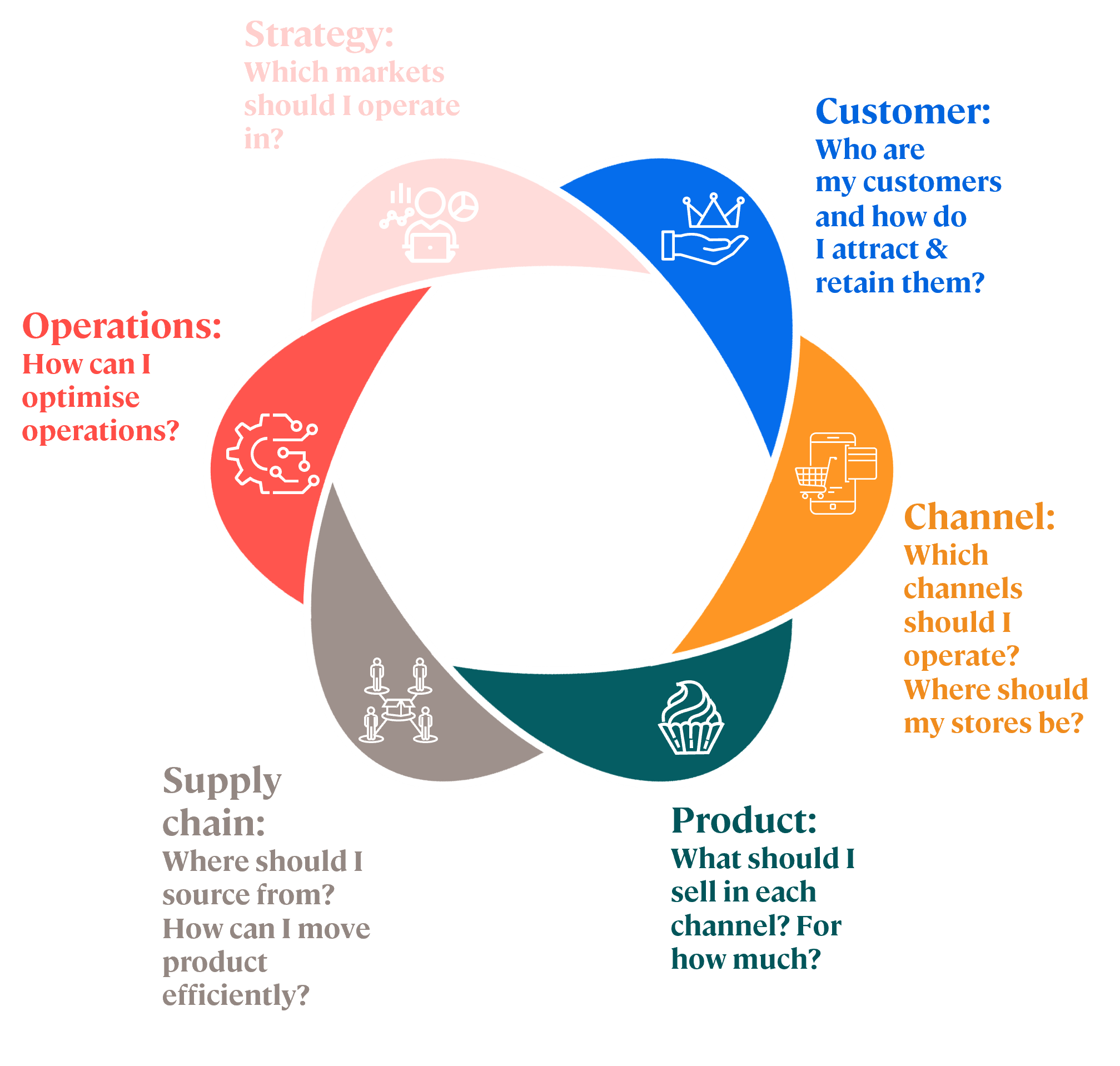Sizes matter: how to increase sales and reduce markdowns

Sizes matter: how to increase sales and reduce markdowns
AI can be used to answer the most important questions in retail - from the strategic to the operational.
Size optimisation is a good fit for an AI solution.
Want to know more? Get in touch

The issue: Missed sales & disappointed customers
Sizes matter
Retailers spend a lot of time and effort getting space, range and assortment right across channels. And yet sub-optimal size ratios still get purchased, leading to lost sales, higher markdown costs and customer complaints.
Guessing game
Merchandisers use various methods to get a profile of sales across sizes – using just historical sales, or historical sales adjusted to take account of availability issues. Either way, accuracy is poor. A ‘best guess’ is used to match new items to old items, and often orders are simply replicated from previous seasons, compounding errors.
Missing size = missing sale
These inaccurate size buys lead to customers visiting your store or site and finding products they like, with none of their size available. Beyond the lost sale, this impacts customer satisfaction. Overbuying in other sizes leads to markdowns, further impacting profitability.
The benefits
Getting size optimisation right delivers significant benefits by improving full price sales and reducing markdown costs, adding profit to the bottom line. Additional benefits come from reduced inventory and, of course, happier and more loyal customers!
The solution: A size optimisation tool
Uses advanced analytics to improve the accuracy of historical sales calculations
Uses data science to improve the matching of new seasonal items to historical items
Recommends optimal order quantities by size, including rebalancing for inventory and commitments for continuity items
Provides a recommendation for the format of ordering - ratio packs vs singles
Provides a User Interface (UI) to support the business process and visualise the data
The Arca Blanca approach: Size optimisation powered by data science

1) End to end data treatment
We map and optimise your full data landscape – ensuring the most accurate data possible is used efficiently.
We establish data quality and availability for the key inputs by store and channel, including: full-price sales, availability, lost sales, stock, commitments, product hierarchy and item attributes.
Our model has the ability to ingest and process vast amounts of data - including multiple years worth of sales and availability
2) Market leading model
Our data science modelling approach is proven – by using historic sales and stockouts to predict future demand it consistently beats existing recommendations.
For continuity items, our recommendation is on average 60-70% more accurate than existing processes. For seasonal items, our recommendation typically has a 200-250% lower error rate.


3) Decision support tool bespoke to your needs
The model can be applied to a range of processes and built into a user interface that allows your team to make data-driven decisions.
The tool can help:
- Plan purchases for previously sold items using an adjusted size ratio from the historical data set
- Plan purchases for new items by matching to a similar garment and using aggregated size ratios
- Browse latest inventory, commitment, and aggregated sales for a product or group of products
- Identify potential missed sales opportunities and where to increase buy quantities
